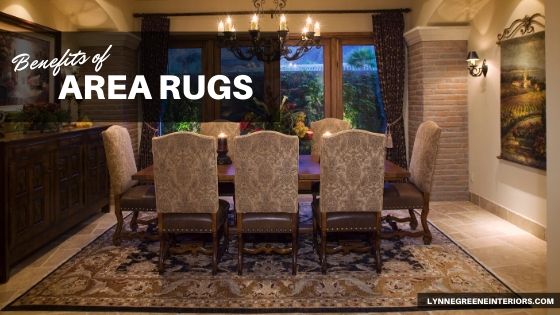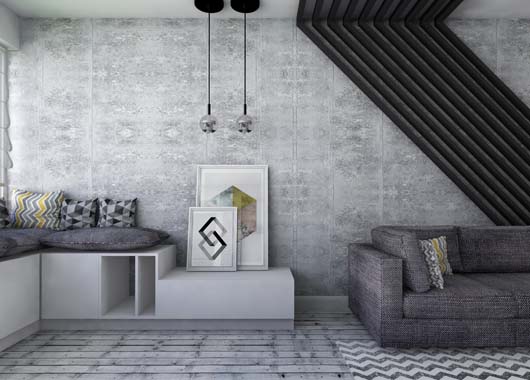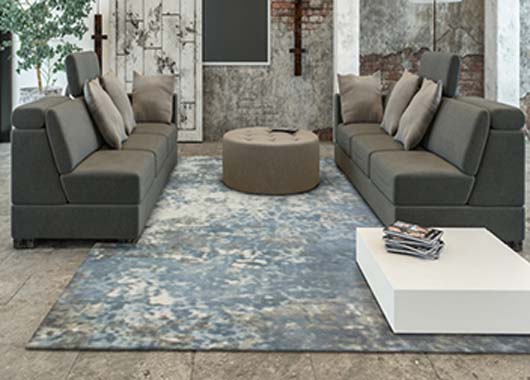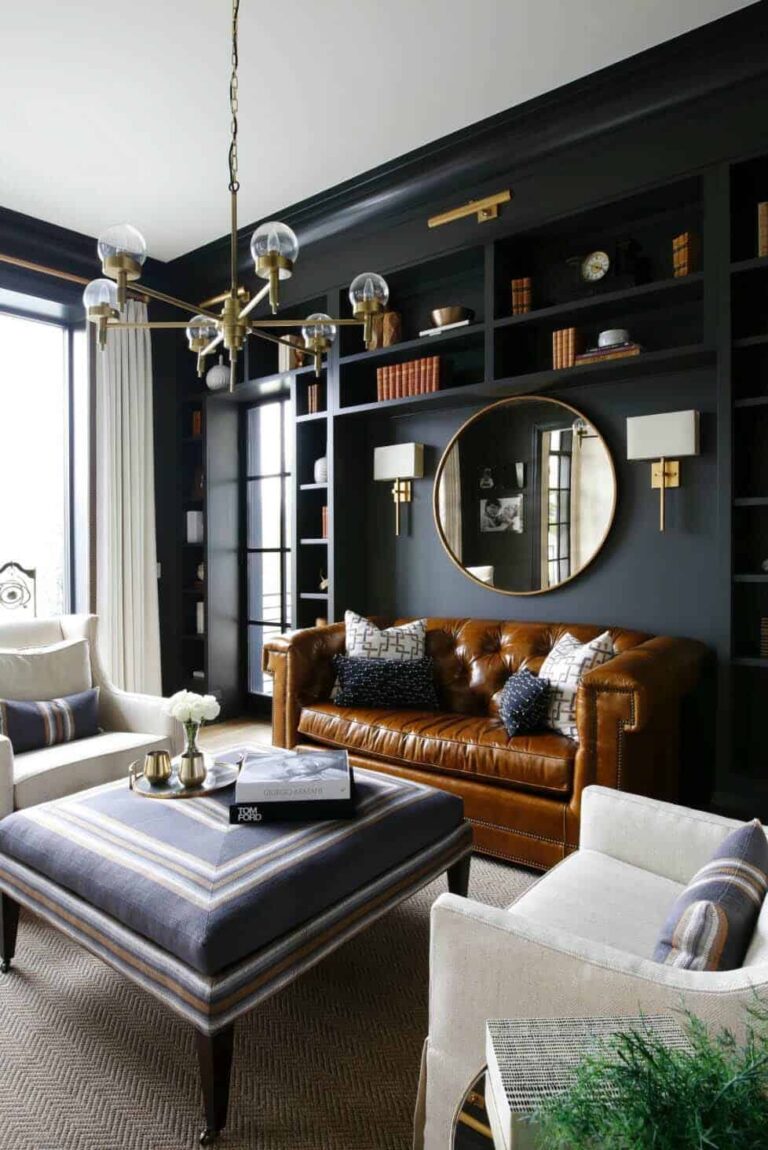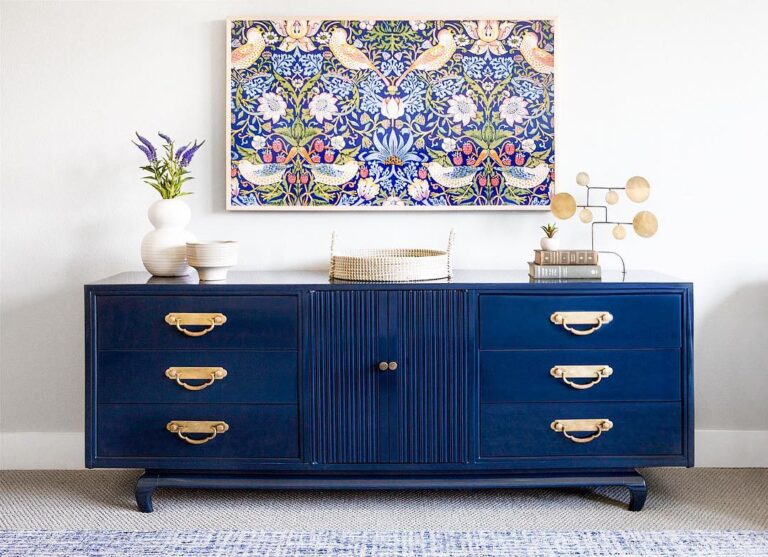Remembering Diane keaton & her timeless style
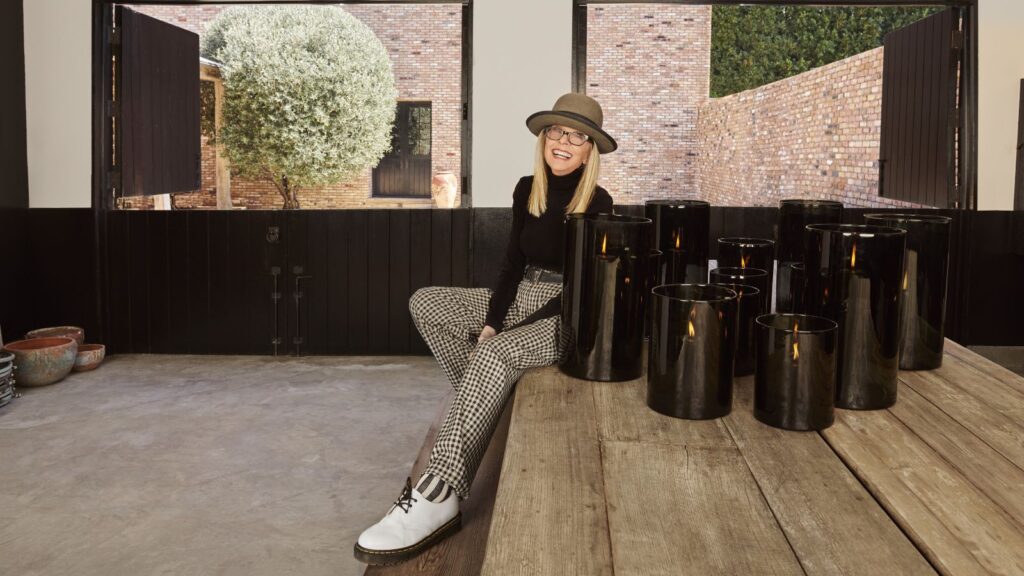
Diane Keaton is better known for her acting and fashion, but she has also developed a very distinctive and highly regarded approach to home design and architecture. Here’s a breakdown of her style, what makes it unique, and how you might draw inspiration from it.
Key Themes in Her Design
- Historic architecture + respect for original structure
- Keaton has a track record of buying architecturally significant or historic homes (for example a Spanish Colonial Revival in Beverly Hills) and restoring them with care. Architectural Digest+2Architectural Digest+2
- In one project, she restored a home designed by Lloyd?Wright (son of Frank Lloyd Wright) in Pacific Palisades. House Beautiful+1
- She once said her approach to houses is akin to how she approached acting: “I follow my impulses just like I did with acting.” Fox Business
- The idea: treat homes as more than decor — they’re stories, architecture, character.
- Mix of rustic, industrial and classic elements
- In her book The?House?That?Pinterest?Built she describes how she collected inspiration via Pinterest and turned boards into real spaces. ELLE Decor+1
- One of her homes features 75,000 hand-picked clay bricks, exposed materials (brick, plaster, beams) and a very tactile, layered feel. est living | exceptional living
- The layering of textures and materials: brick, rough plaster, dark wood, weathered metals, industrial light fixtures.
- Strong personal palette & contrast
- A recurring color palette: a lot of white/plaster walls, dark wood or black-stained furniture/doors, and accent pieces that pop. For example her Spanish revival bedroom uses very dark-stained furniture against white walls. Homes and Gardens
- She’s been described as using the “black-and-white palette” as a base, then layering in warm texture and character. Good Housekeeping
- She does not shy from bold elements: colorful tiles in the kitchen, vintage/industrial pieces, warmed things up with patina. Homes and Gardens
- Emphasis on “home-feel” but also style with intention
- Although there are historic/architectural bones, the design isn’t purely museum-like. There is comfort, layering, and personal touches.
- She writes about her kitchen in the “Pinterest house”: “Your kitchen doesn’t have to be practical… I knew it would not be reasonable.” ELLE Decor
- So there is a deliberate decision not just to follow pure functionality but to honour a design vision.
Signature Design Elements & What to Notice
Here are specific design features that characterise her spaces, and which you might adopt or adapt:
- Exposed brick, rough plaster walls, visible beams
Her homes often have textured surfaces, which give a sense of history, warmth and depth. - Dark-wood or black-stained furniture, doors or frames
This provides contrast to white walls, and gives a dramatic yet grounded effect. - Historic or revival architecture (Spanish Colonial, mid-century modern) serving as a base
The building itself has architectural charm, then the interior design plays into and amplifies that. - Industrial or repurposed lighting and hardware
For example vintage factory pendants, metal-work details, wire-mesh cabinets, layering of old/new. - Layered décor rather than minimalist
While she uses a mostly neutral base, there are vintage finds, texture, colour accents (tiles, pottery, art) and layered moments that give richness. - Strong connection between indoor and outdoor
Many of her homes are in California, with courtyards, patios, large windows, integration of outdoors. For example the Spanish Colonial revival with a courtyard. Architectural Digest+1

